Snow Molds
(Microdochium nivale and Typhula spp.)
Occurrence: Early to late spring
Favorable Conditions: Cold wet weather with periods of prolonged snow cover over unfrozen ground often leading to the most severe damage
Hosts: Kentucky bluegrass, tall fescue, perennial ryegrass
Symptoms: Circular, matted, gray to straw-colored patches ranging from a few inches to a foot or more in diameter
Management: Remove leaf litter from lawns. Mow lawns until dormant in the fall. Avoid heavy fertilizer applications (greater than 0.5 lb. N/1,000 sq. ft.) late in the year. Rake and lightly fertilize damaged areas in the spring to encourage recovery. Reseed lawns as needed.
Necrotic Ring Spot
(Ophiosphaerella korrae)
Occurrence: Spring, summer and fall
Favorable Conditions: Cool (soil temperatures of 55 to 65oF) and wet conditions for infection, followed by heat and drought stress for symptom development; most severe when soil compaction limits rooting
Host: Kentucky bluegrass
Symptoms: Circular, straw-colored patches usually less than 12 inches in diameter; regrowth often occurring in the center of patches, creating a “frog-eye” appearance; most common in newly sodded lawns, but also occurring in seeded lawns
Management: Reduce soil compaction and improve lawn drainage. Maintain proper fertility.
Fairy Rings
(Magnaporthiopsis poae)
(many mushroom-forming fungi)
Occurrence: Anytime
Favorable conditions: Warm, wet weather; significant thatch accumulation
Hosts: All cool-season lawn grasses
Symptoms: Type I: a ring or arc (up to several feet in diameter) of lush, dark green grass bordered by a band of dead turf, with or without mushrooms; Type II: a ring or arc of lush dark green grass with no band of dead turf, with or without mushrooms; Type III: a ring or arc of mushrooms with no band of lush green turf or dead turf
Management: Lightly fertilize and routinely core aerate lawns.
Summer Patch
(Magnaporthiopsis poae)
Occurrence: Summer
Favorable conditions: Hot, moist conditions; alkaline (i.e., high) soil and thatch pH
Hosts: Kentucky bluegrass, fine fescues
Symptoms: Ring-like patches of wilted turf up to 3 inches in diameter, similar to those of necrotic ring spot (see above), and with rings often merging into larger irregular patches
Management: Avoid excessive watering during hot periods. Core aerate to promote root growth and reduce compaction. Use acidifying fertilizers to lower thatch pH to below 6.5.
Dollar Spot
(Clarireedia jacksonii)
Occurrence: Summer
Favorable conditions: High humidity; low nitrogen fertility
Hosts: Kentucky bluegrass, perennial ryegrass, fine fescues
Symptoms: Bleached patches ranging from a few inches to a foot in diameter, with leaf blades (inset) having bleached, hourglass-shaped areas
Management: Water deeply and infrequently early in the morning to minimize prolonged periods of leaf wetness. Apply nitrogen to alleviate symptoms.
Red Thread
(Laetisaria fuciformis)
Occurrence: Spring through fall
Favorable conditions: Wet, cool conditions
Hosts: Kentucky bluegrass, perennial ryegrass, fine fescues
Symptoms: Irregular beige patches ranging from a few inches to a few feet in diameter (oftentimes merging into irregular patterns) with red, thread-like filaments among the grass blades
Management: Collect clippings when disease is active. Maintain adequate nitrogen fertility.
Rust
(Puccinia spp., Uromyces spp.)
Occurrence: Summer and fall
Favorable conditions: High humidity, low soil moisture, low nitrogen fertility, shade
Hosts: Kentucky bluegrass, perennial ryegrass
Stand Symptoms: Reddish-brown, powdery areas (masses of fungal spores) that can discolor clothing and equipment
Management: Maximize light and airflow in lawns by pruning and thinning surrounding landscape plants. Water and lightly fertilize.
For more information on lawn diseases:
Contact the University of Wisconsin Turf Diagnostic Lab (TDL) at (608) 845-2535 or hockemeyer@wisc.edu.
Authors: P.J. Liesch, UW-Madison Plant Pathology; Vijai Pandian, UW-Extension Brown County; and Jim Kerns, formerly of UW-Madison Plant Pathology
Last Revised: 03/01/2024
D-number: D0069
Thanks to Diana Alfuth, Doug Soldat and Karen Schleis for reviewing this document.
A complete inventory of UW Plant Disease Facts is available at the University of Wisconsin-Madison Plant Disease Diagnostics Clinic website: https://pddc.wisc.edu.
Send a Plant Sample for Analysis
Be cautious when self-diagnosing plant health issues. Very few diseases can accurately be diagnosed by eye.
Contact the UW Plant Disease Diagnostics Clinic (PDDC), and for a small fee, clinic staff can examine a plant, determine the cause of the disease/disorder, and provide advice on how to control or prevent the issue.
Download Article

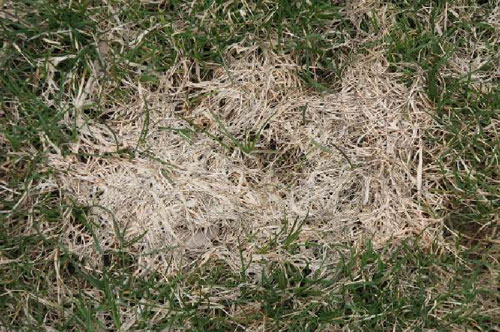
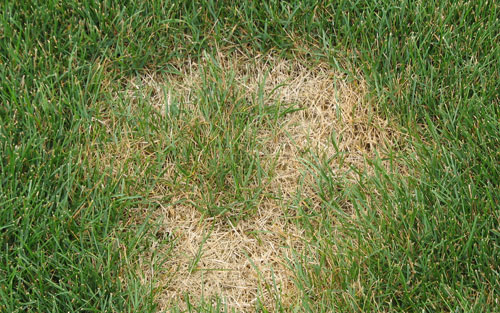
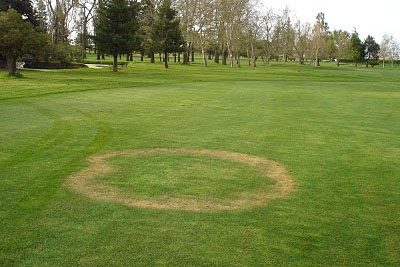

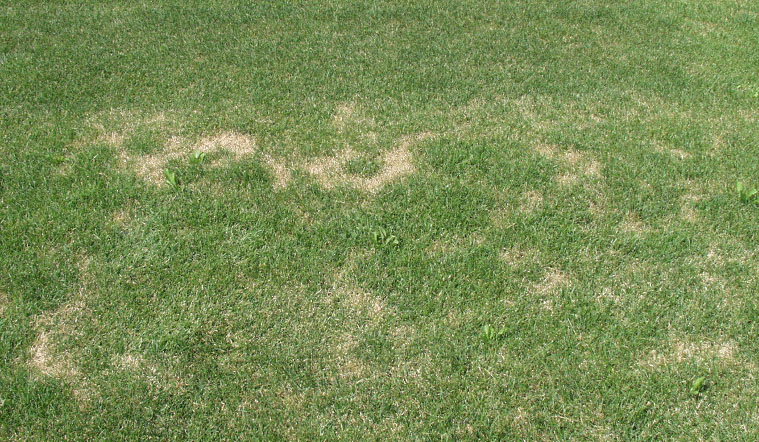

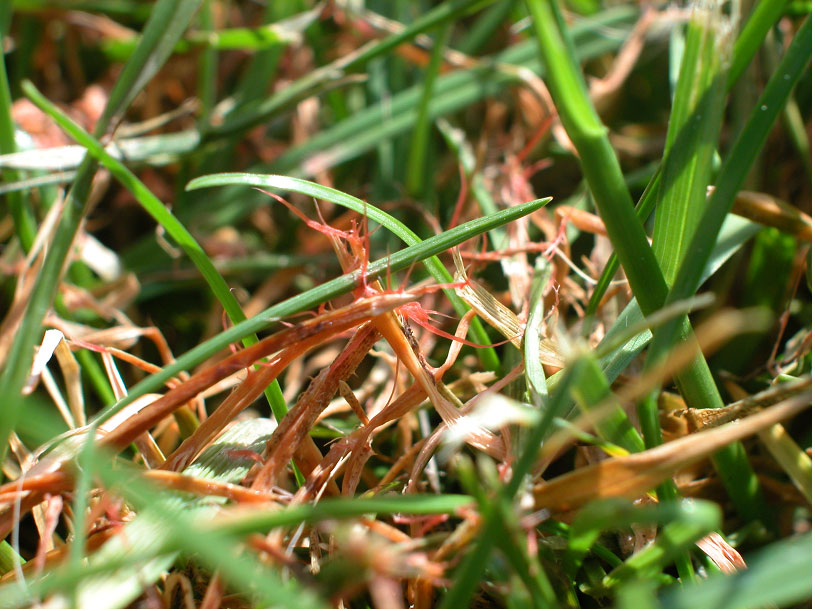
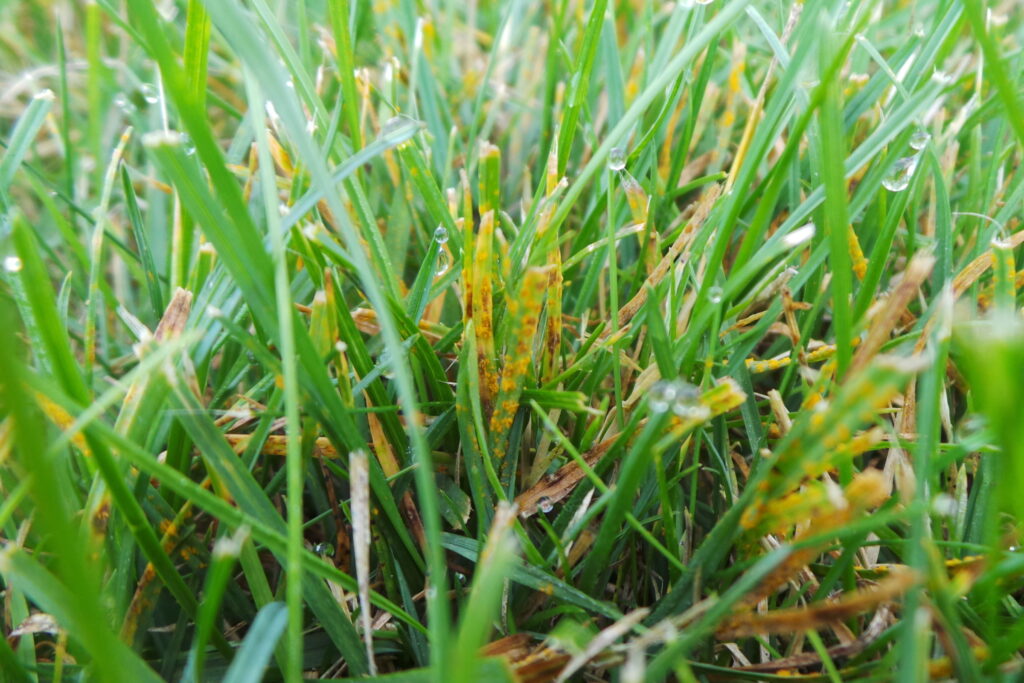




 Helminthosporium Turf Diseases
Helminthosporium Turf Diseases Fairy Rings
Fairy Rings Conifer Disease Quick Reference
Conifer Disease Quick Reference Deciduous Tree Leaf Disease Quick Reference
Deciduous Tree Leaf Disease Quick Reference


